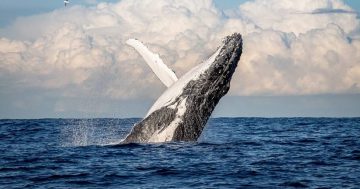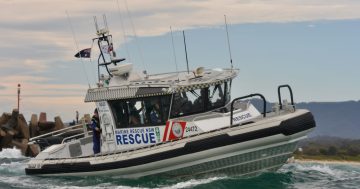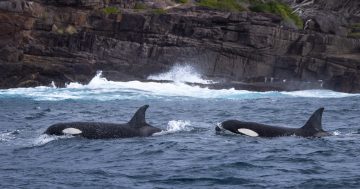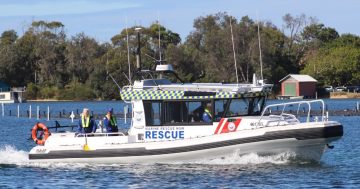
The peak period of the whale watching season is between June and July. Photo: Jonas Liebschner/DPIE.
NSW boaters who frequent the coast over the coming months are being urged by Marine Rescue NSW (MRNSW) to remain aware of and protect the mass of whales currently migrating north. The volunteer-based not-for-profit organisation wants those out on the water to not get too close to the large mammals, after recent sightings of multiple pods of humpback whales along the South Coast.
While the species observed over the past few days were only between Eden and Stanwell Park, MRNSW Inspector Stuart Massey said all boaters must remain cognisant, especially around the Illawarra, Batemans Bay and Eden regions.
“The distance a vessel must stay off whales is 100 metres; if there is a calf present the distance increases to 300 metres.
“Swimmers must not enter the water within 100 metres of whales,” said Inspector Massey.
Skippers are advised not to approach the whales from behind or remain in front of their path, but move around the whales by starting at a minimum 30-degree angle in the direction of their travel. If a whale moves within 300 metres of the boat, skippers must minimise noise and sudden movements, while either maintaining a minimal wash speed, moving away, or disengaging the vessel’s gears.
Mr Massey said only three vessels could be within the vicinity of the whales at a time, and skippers must wait their turn or risk serious damage being inflicted on their vessel.
“Boaters are also encouraged to log on with Marine Rescue NSW every time they go out via VHF channel 16 or the free Marine Rescue NSW app.
“When you log on, you provide us with details of your trip and if you don’t return as planned we’ll start searching for you,” Mr Massey said.

Mr Massey said vessels endured serious damage in the past due to getting too close to whales. Photo: Marine Rescue NSW.
According to the NSW National Parks and Wildlife Service, the whales’ annual migration north starts between May and June before making their way back between August and November. However due to the ongoing conservation efforts that have seen a boom in whale populations, these seasons are getting longer.
The warmer waters give adult whales a chance to have their offspring, as the freezing Southern Ocean won’t allow their children to develop a thick layer of fat which protects them. After the newborns develop enough for the pod to begin moving south, the whales tend to hug the coast as they’re in less of a hurry than their initial journey north.
For those interested in finding the best spots to see the whales throughout the migration season, you can visit the NSW Parks and Wildlife Service page here.
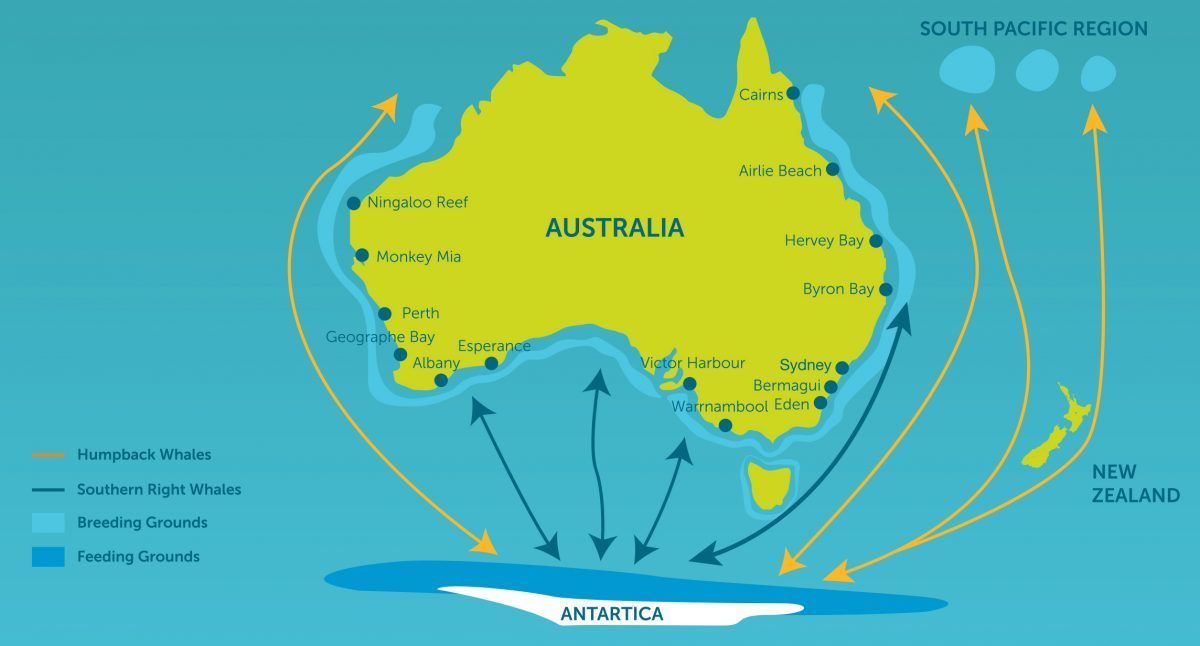
Mr Massey advises whale watchers to wait until later in the migration season as the pods begin their journey south, because they are not in a rush and much safer to approach. Photo: NPWS / DPIE.







